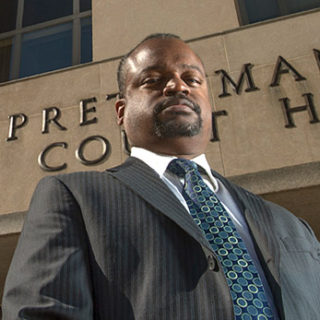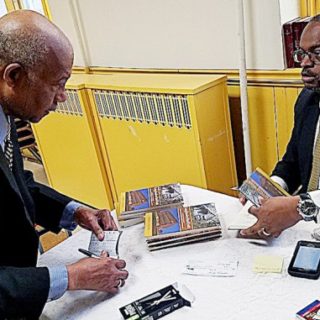The 100-Year Mission To Create
The National Museum Of African American History And Culture
By Robert L. Wilkins
Kirkus Review on Long Road to Hard Truth

A brief history of the creation of the National Museum of African American History and Culture in Washington, D.C.
Shortly after the conclusion of the Civil War, a “Grand Review,” or a massive military parade, was organized to celebrate the accomplishments and sacrifices of the Union soldiers. Although 200,000 veterans marched over two days, African-American soldiers felt disenfranchised from the celebratory affair, in which they were relegated to second-class status. George Washington Williams, a well-known African-American historian, responded to this underrepresentation by proposing the construction of a monument commemorating the African-American soldier. In 1915, a re-enactment of the Grand Review was staged, and an organization called the National Memorial Association formed in response to it, which officially advocated for Williams’ proposal. By the 1920s, the original idea of a monument had grown to encompass a full memorial building of some kind, which would not only honor the martial valor of African-Americans, but also acknowledge their contributions to the United States in other domains. In 1929, President Calvin Coolidge signed legislation into law that sanctioned the creation of a National Memorial Building to Negro Achievement and Contributions to America, but it was a stillborn measure, radically underfunded. Yet another bill was introduced in 1965 to study the feasibility of a museum devoted to African-American history, but that project, too, died from neglect, as did another in 1995. Eventually, however, the National African American Museum and Cultural Complex was formed, and Wilkins, the debut author of this book, was its president. He’s spent 20 years researching this work, which is nearly as much of a purposeful labor of love as the museum itself. In it, he skillfully relates not only the myriad practical problems—political, financial, and otherwise—that slowed the museum project down, but also addresses its moral dimension, as well as the sometimes-tepid support the project had in the African-American community. Ultimately, the author furnishes a rigorous history that captures the struggle of African-American people and the proud contributions they made to a country that did not always accept them: “The beauty of the African American story is that the toil of our people has not been in vain,” he writes. Given all the historical minutiae that Wilkins provides, it’s a surprisingly gripping historical drama.
A delightful, edifying tale written with intelligence and emotional sensitivity. ~ Kirkus Reviews
Posted in News & Events on September, 2016







